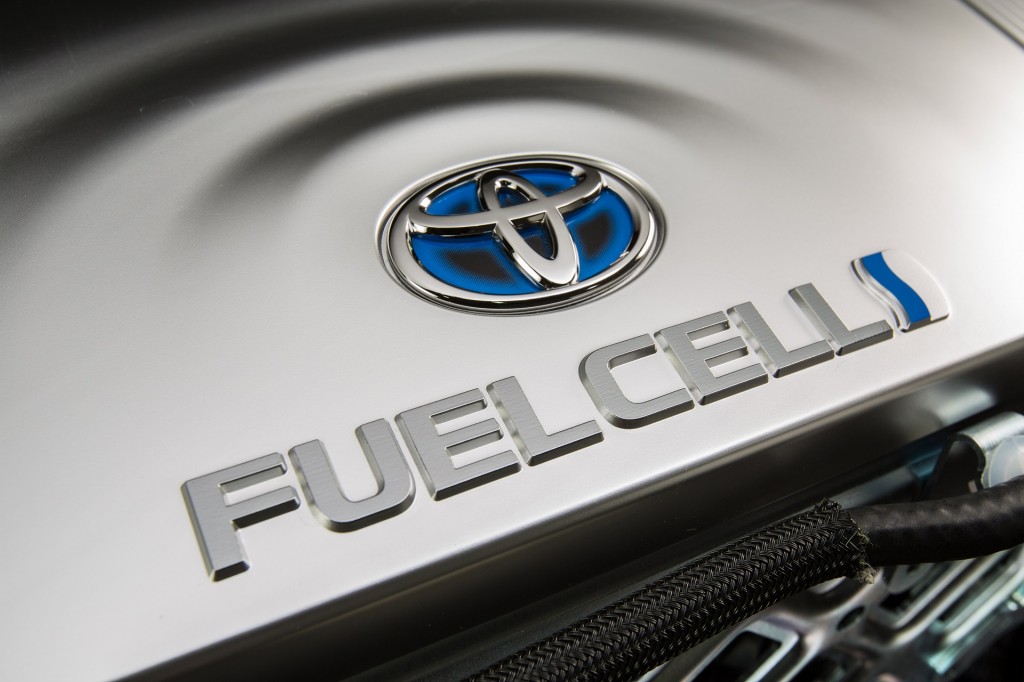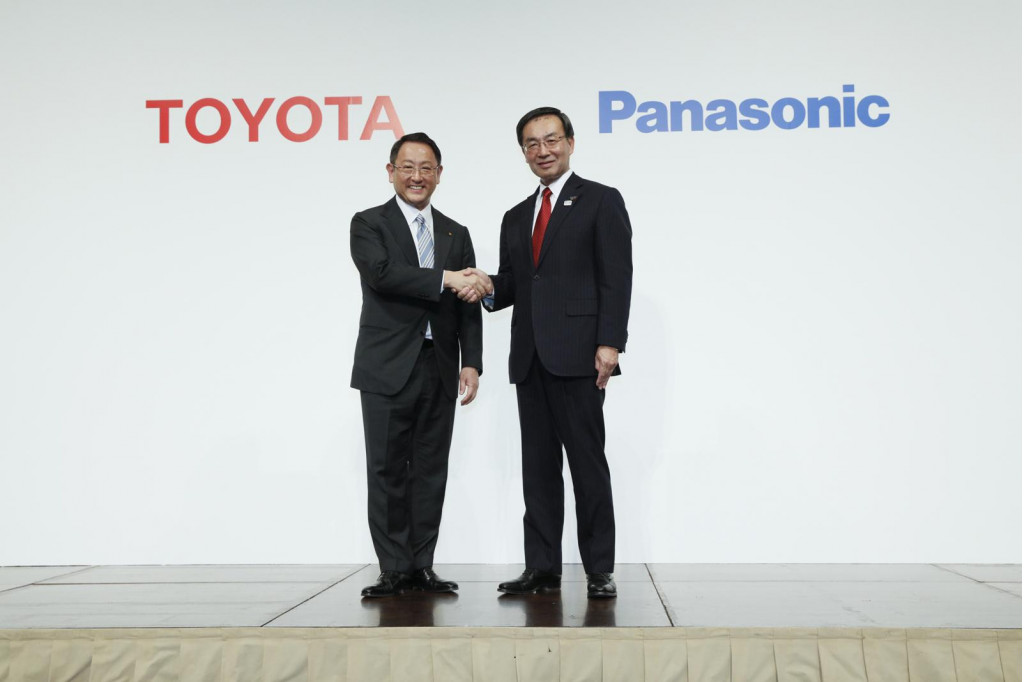Toyota on Monday announced it would accelerate its vehicle electrification plans as part of an overarching strategy to reduce fleet-wide carbon emissions by as much as 90 percent from 2010 levels, by the year 2050.
Under the accelerated plans, Toyota hopes to have every model in the Toyota and Lexus lineups either be a dedicated electrified car or offer an electrified option by 2025. Electrified at Toyota means hybrid, battery or hydrogen fuel cell powertrains.
The automaker also has an annual sales target of 5.5 million electrified cars, or roughly half of its total sales, by 2030. This target also includes a goal of 1.0 million combined sales of zero-emission battery and fuel cell cars.

2017 Toyota Mirai
By the early 2020s, Toyota said it will have more than 10 battery-powered electric cars, plus an expanded offering of plug-in hybrid and fuel cell cars. Crucially, Toyota also said it will no longer develop cars without an electrified option.
The news comes less than a week after Toyota said it was conducting a feasibility study for a battery joint venture with Panasonic intended to address growing demand and expectations for vehicle electrification. The joint venture with Panasonic is for prismatic batteries that can be used in hybrids. Prismatic designs can reduce weight and cost, as well as optimize packaging efficiency with fewer cells required for a given voltage.
But Toyota is also actively developing automotive-grade solid-state batteries and aims to commercialize the technology by the early 2020s. Solid-state batteries, considered the holy grail for the mass adoption of electric cars, use solid electrolytes rather than liquid, which most electric car batteries, like lithium-ion units, use today. The benefit is that solid-state batteries are less prone to overheating or fire, and they’re also much denser, meaning more capacity. They’re difficult to manufacture on a mass scale at present but that's expected to change in the coming years.

Akio Toyoda, President, Toyota and Kazuhiro Tsuga, President, Panasonic
In parallel with these developments, Toyota is also focused on building up the infrastructure conducive to the widespread adoption of electrification technology. Among the strategies in place is the roll out of battery charging stations and hydrogen filling stations, plus the implementation of battery reuse and recycling.
Toyota was a pioneer in electrified cars, having launched the Prius hybrid more than two decades ago. It also dabbled with electric cars early on, forming a partnership with Tesla in 2010 and testing the waters with the RAV4 EV two years later. But soon after the launch of the electric SUV, Toyota shocked many by deciding that fuel cells were a better bet. It then cut its ties with Tesla and started work on the Mirai.
With the market so far embracing batteries over fuel cells, Toyota is now in catch-up mode. The automaker has little choice, too, particularly because of China which plans to set goals for electric and plug-in hybrid cars to make up at least a fifth of local sales by 2025, with a staggered system of quotas beginning in 2018. Non-compliance could mean fines as well as the possibility of losing licenses to sell internal combustion cars.
